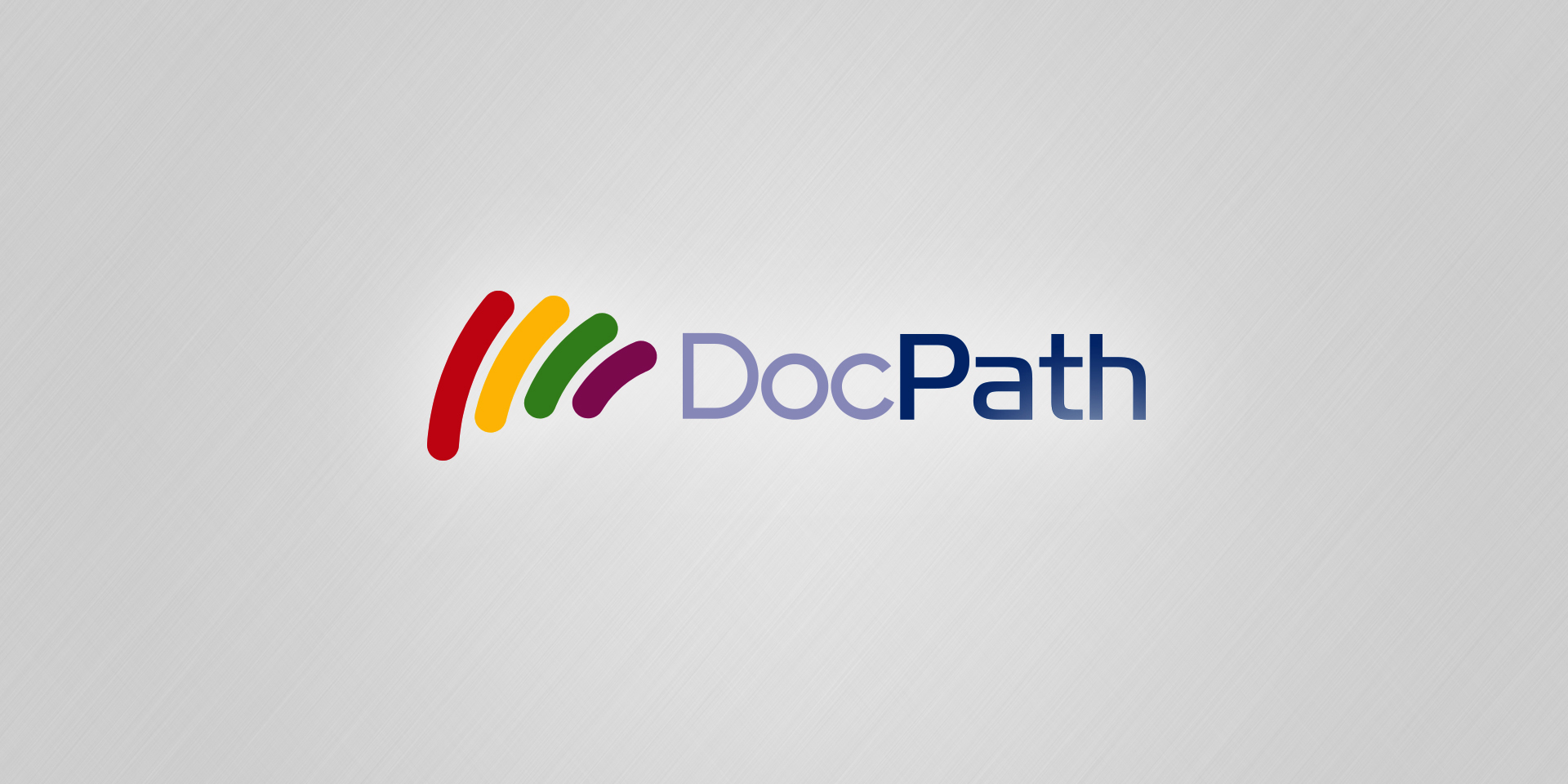
Today, the environment has become a major concern in all sectors of society. This concern is reflected in a general uncertainty over global warming and energy shortages, these realities add significant economic costs.
As citizens of our planet we have the responsibility of acting in a sustainable manner, a skill that can be easily extrapolated to businesses. The volume of paper used by these organizations may be much less when opting for green technologies. This concept, known as Green IT, has all the trends to identify, propagate and encourage energy efficient technology, thereby reducing their environmental impact while achieving cost savings. Among others, we find the implementation of the document management systems stand out.
In addition to this environmental awareness, there are other factors that have created a demand for infrastructure and more powerful document management systems, such as; the uninterrupted progress of the networks and the increasing digitization of content and processing capacity, among others. For this reason, companies increasingly opt for the electronic format generation of documents and not just printing.
Before and after this technology
Until recently document software was considered a luxury, something dispensable. However, recently it has become a strategic piece for organizations who are increasingly interested in implementing the management of documents in electronic formats. Perhaps it is the difficult economic situation we are facing and the increasing demands of businesses forcing managers to search for document software solutions that provide rapid return on investment.
Spain has made ??great advances in the generation and management of electronic documents. A good example of this, can be seen in public administration, where over 90% of administrative procedures can be performed in this way. In fact, our country has become a benchmark for the rest of the members of the European Union in this matter.
In the private sector, the use of paper and electronic documents is very different depending on a company’s size. Large companies have begun to adopt policies to reduce paper consumption as part of their Corporate Social Responsibility programs. However in most SMEs this strategy has not yet been established. It is also true that there are many small and medium sized enterprises which have begun to reduce the number of prints with applications that allow you to control your printer fleet. Others have decided to implement electronic invoicing in their accounting processes.
Julio A. Olivares, president and founder of DocPath, a leading document software company says, The first companies able to manage themselves without the use of paper will be the first to streamline their internal processes, increase productivity and reduce costs. Those are the three pillars necessary to ensure the continuity and projection of organizations in the market today. “
Increased investment in information management
The figures speak for themselves as reflected in a study by Gartner, which shows that, despite the crisis, companies continue to invest in IT primarily because they are aware that this investment is the best way to encourage business growth.
In 2012, businesses will allocate investments of $ 2,900 million, representing an increase of 3.8% compared to 2011. As for the areas that absorb the bulk of these investments, the figures point to; information management, mobility, cloud computing and social technologies.
The choice of document management systems that enable the generation of electronic documents, even for later printing, is a safe bet for companies because it promotes optimal management of its administrative organization. It also promotes the reduction of archival storage materials – both temporal and historical – as well as providing a prestigious corporate image. But above all, it represents a significant cost saving as the technology offers the opportunity to reduce costs. After an initial investment and over time, companies can reduce waste and increase productivity.
To do this, it is necessary to hire a specialist provider of document software according to the specific needs, which reduce the possibility for errors to occur. For example, a sustainable company that invests to streamline their processes to electronic documents through MFPs can store, print, photocopy, image capture as well as send and receive email any documents.
Julio A. Olivares
DocPath CEO
